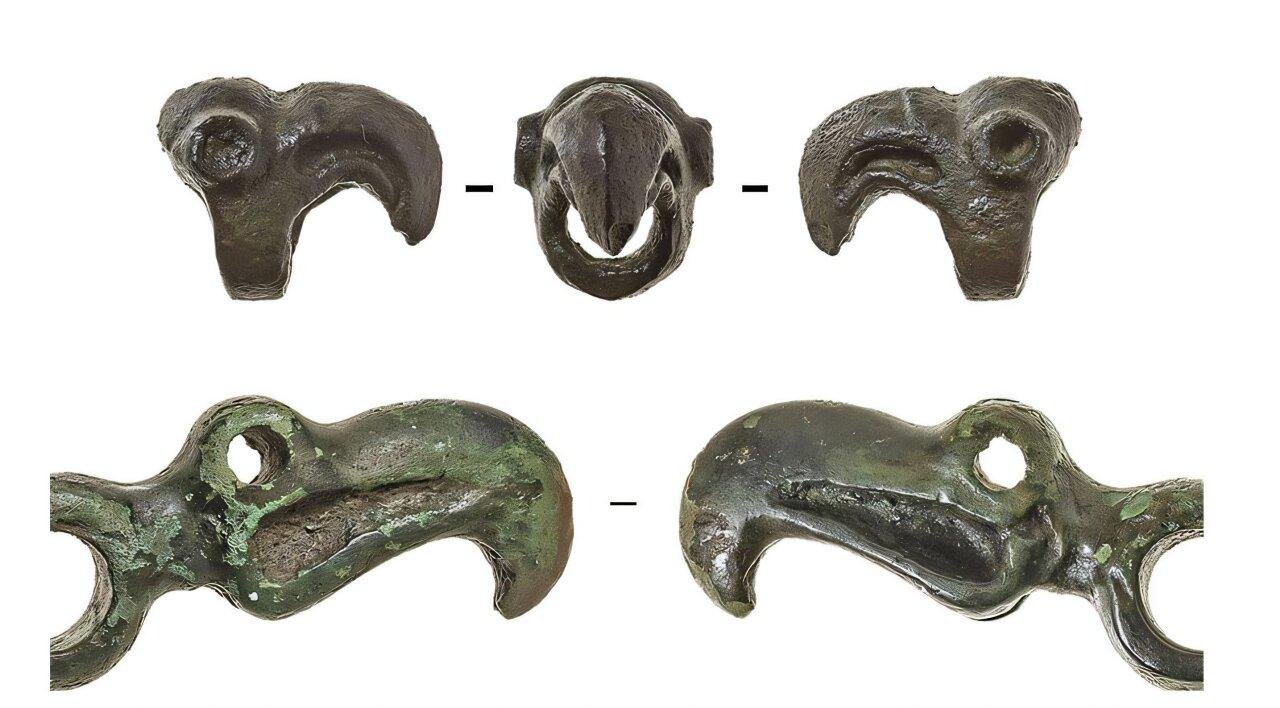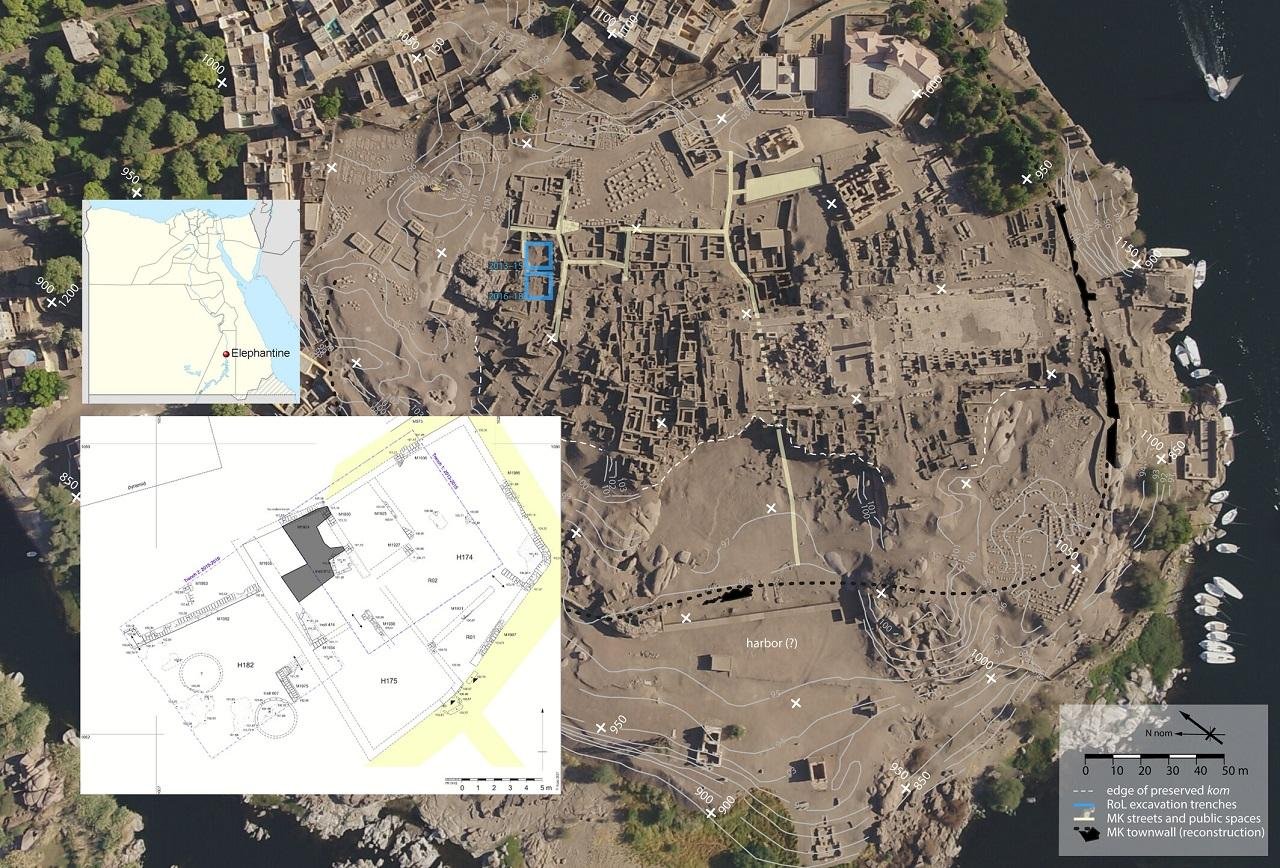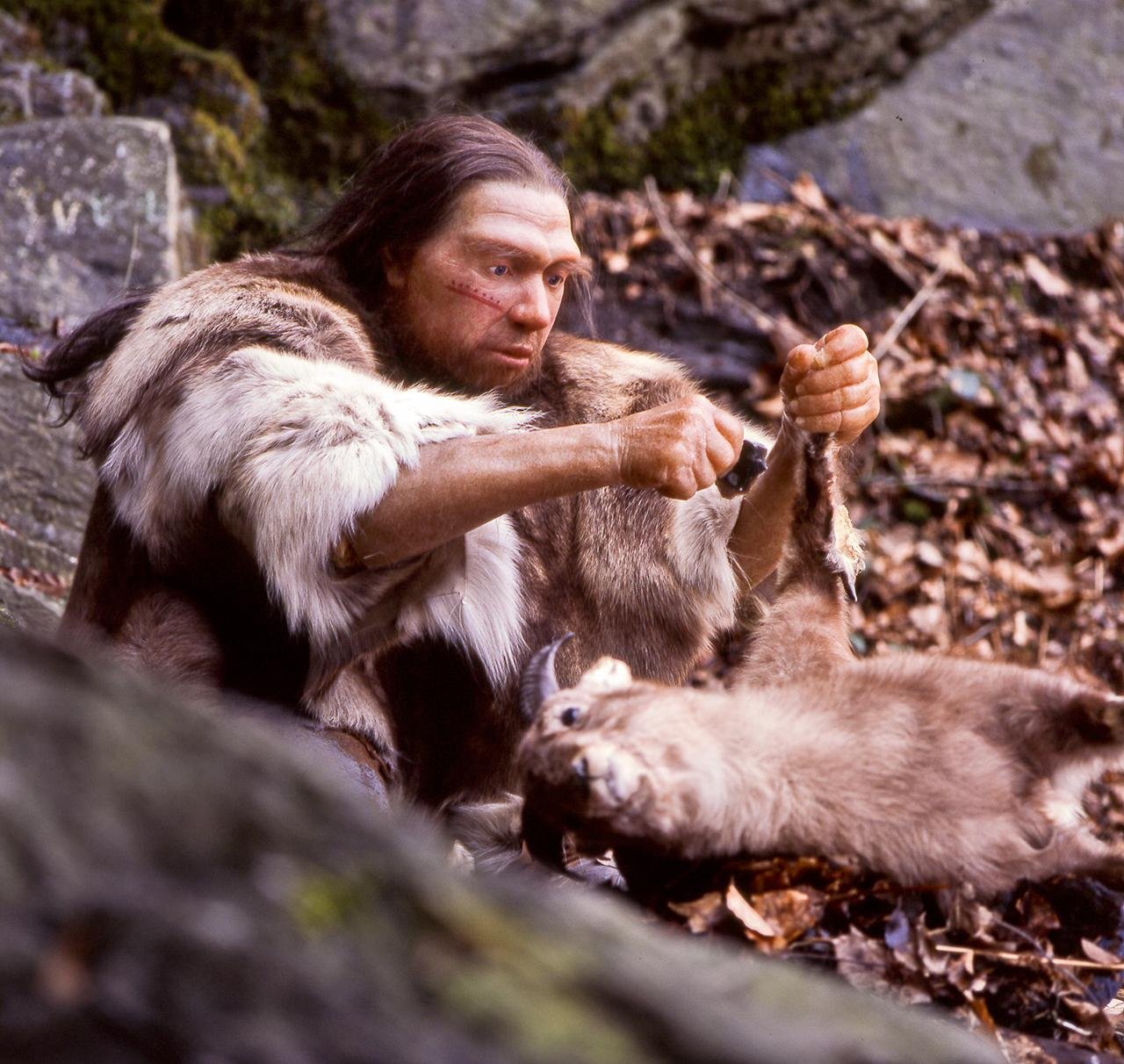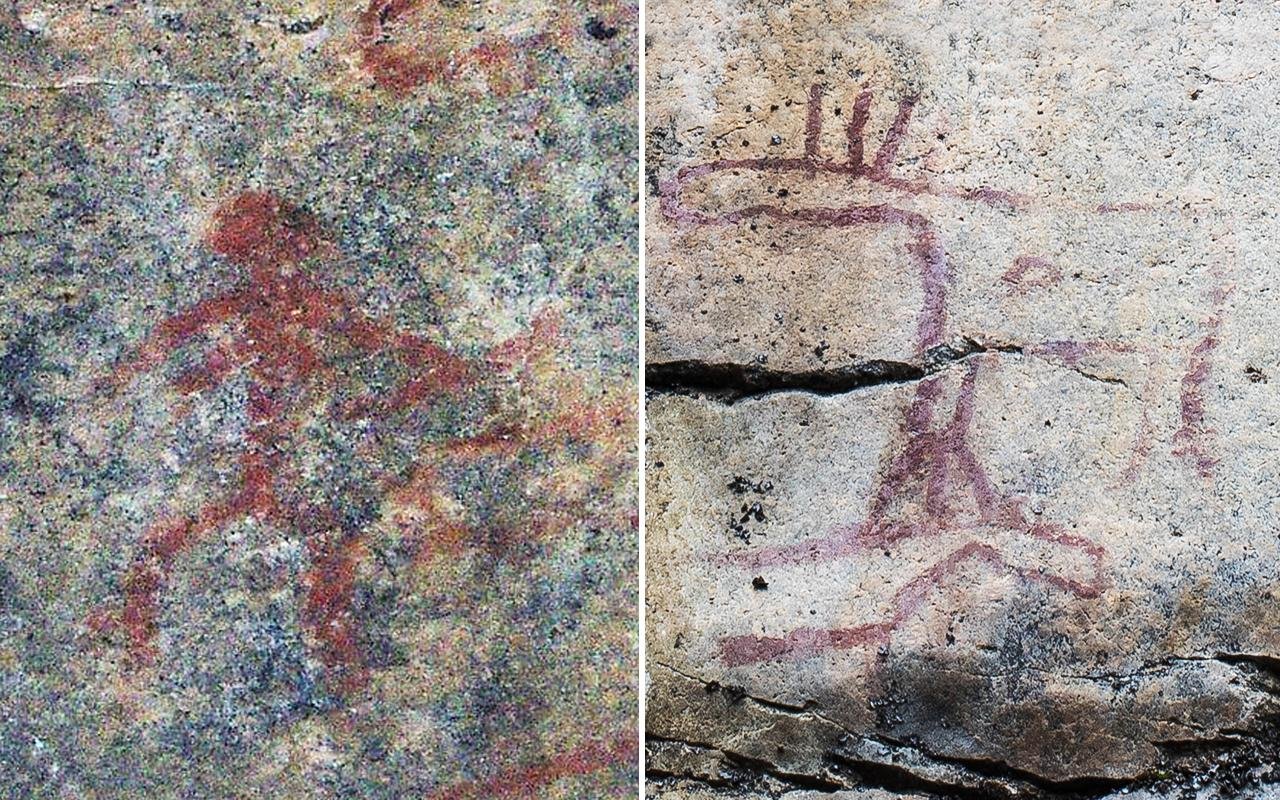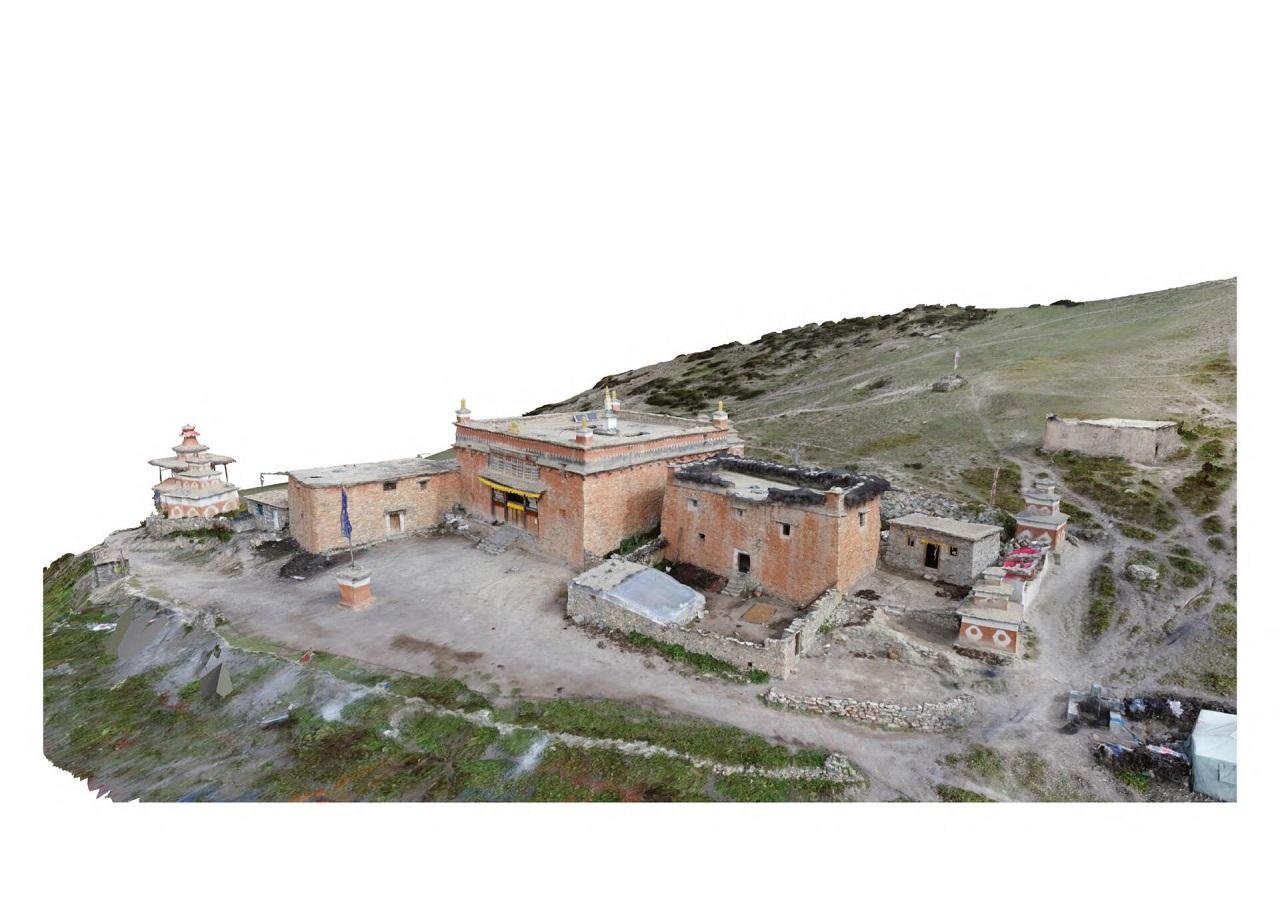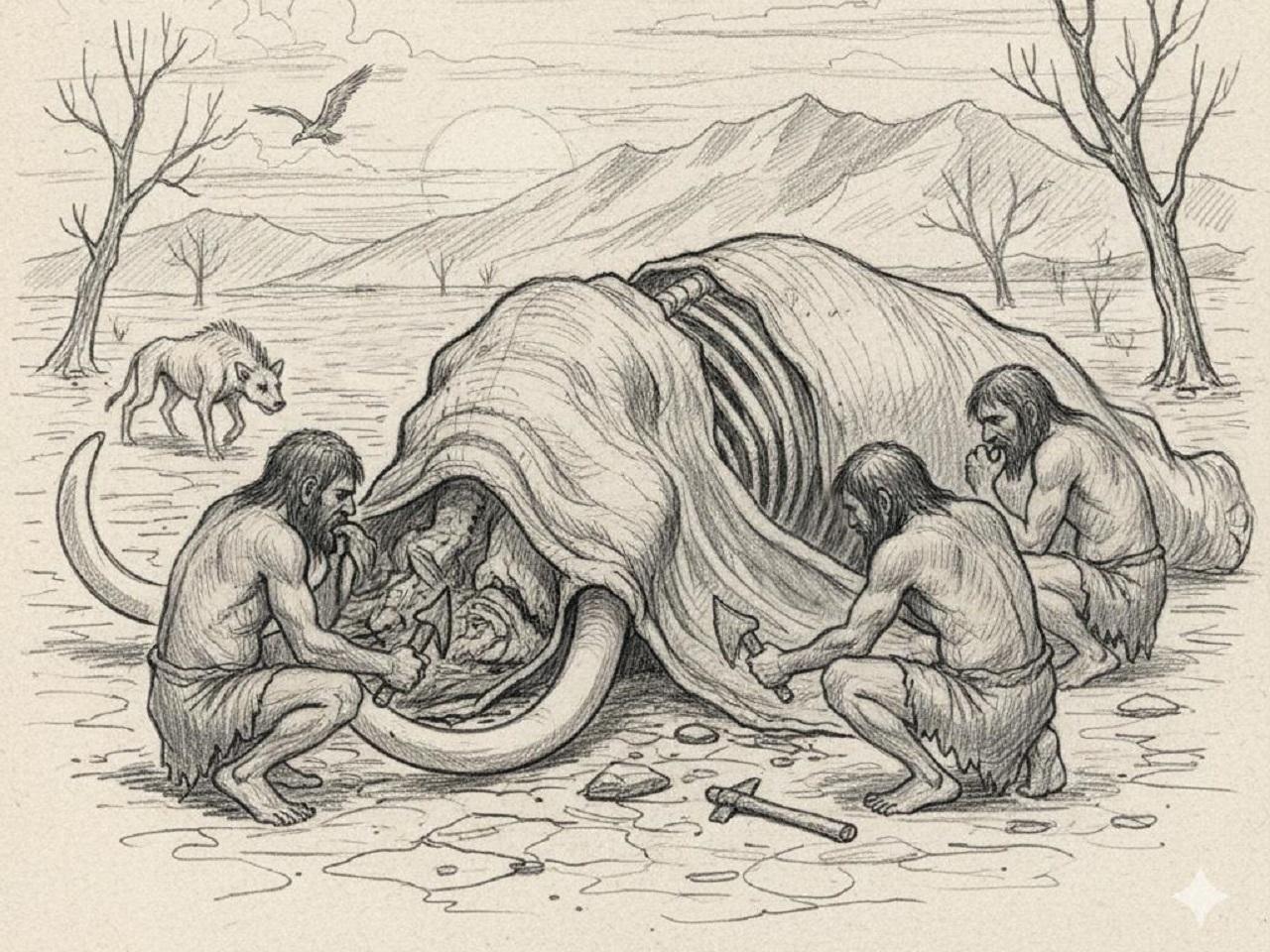A newly published study in Science Advances provides the strongest evidence to date that ancient human tracks found at White Sands National Park, New Mexico, are approximately 23,000 years old. If confirmed, the find could dramatically change the history of human migration to North America, placing humans on the continent during the Last Glacial Maximum, thousands of years earlier than previously believed.
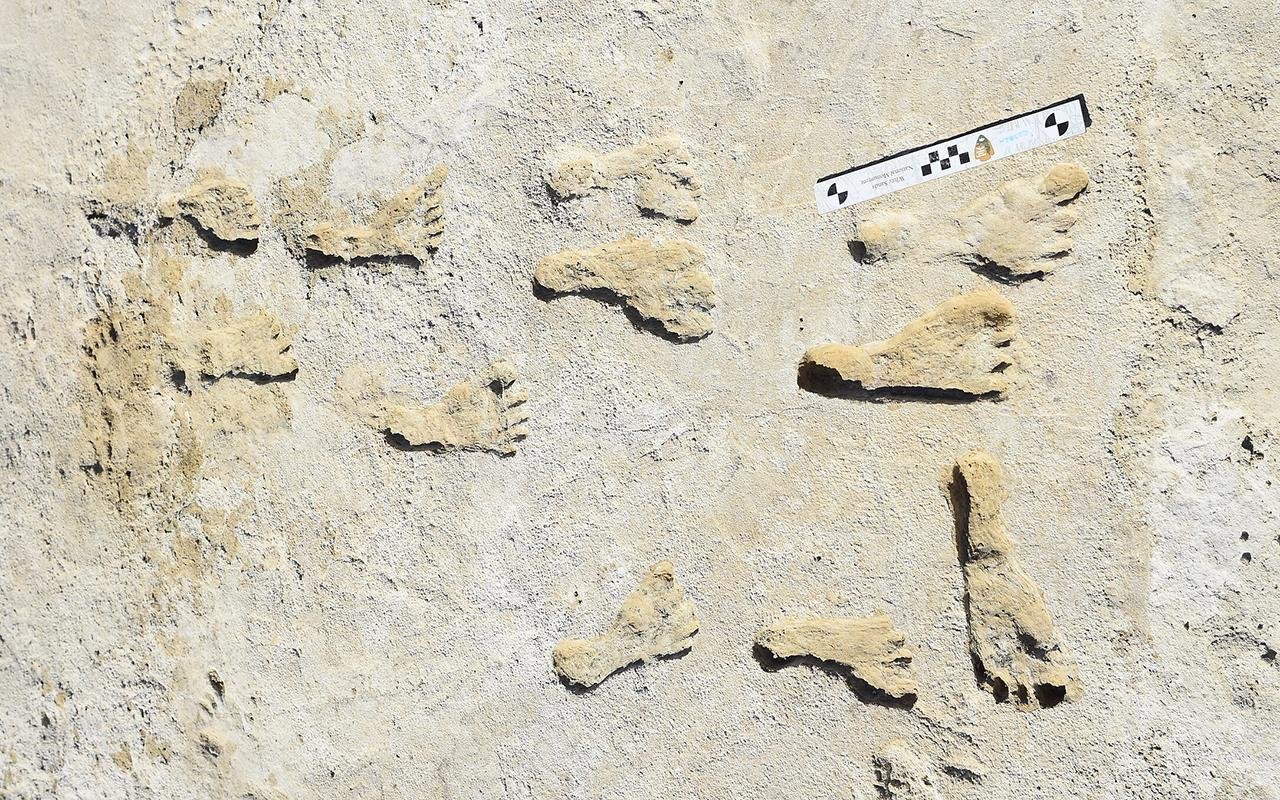 Some of the White Sands footprints. National Park Service (Public domain)
Some of the White Sands footprints. National Park Service (Public domain)
The footprints, first reported in 2021, were excavated in 2019 by a team from Bournemouth University in collaboration with the U.S. National Park Service. Early radiocarbon dating of seeds and pollen found in overlying and underlying sediment layers indicated an age between 21,000 and 23,000 years ago. However, these findings were challenged. Some critics argued that using aquatic plants like Ruppia cirrhosa, which absorb ancient carbon from water, could result in artificially old dates.
To address these concerns, the new team, led by University of Arizona archaeologist and geologist Vance Holliday, returned to the site in 2022 and 2023. Instead of dating the plant material, they radiocarbon dated ancient lakebed mud. They sent the samples to two independent laboratories, both of which reported the same range of ages: 20,700 to 22,400 years ago.
Together, scientists now have 55 radiocarbon dates on three types of materials—seeds, pollen, and mud—all pointing to the same time period. “It’s a remarkably consistent record,” Holliday said. “You get to the point where it’s really hard to explain all this away.”
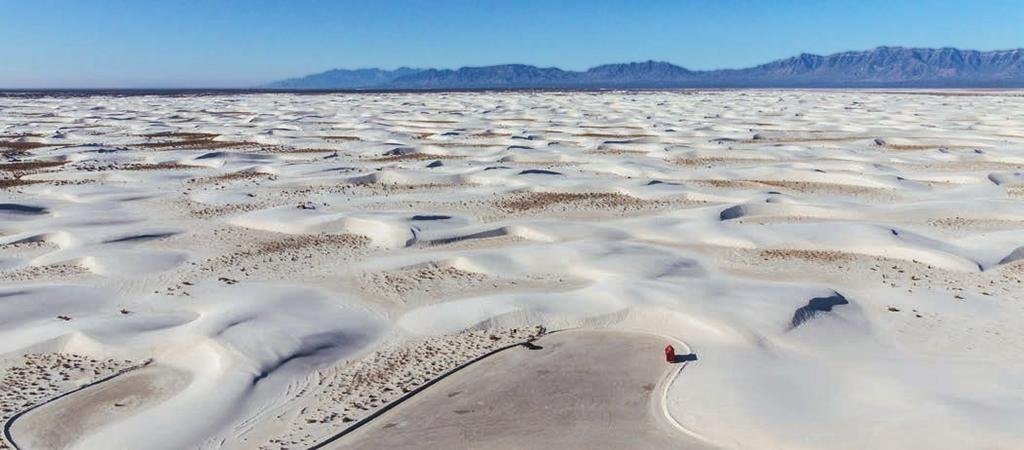 Aerial view of dunefield, White Sands National Park, New Mexico. Credit: NPS Foundation Document
Aerial view of dunefield, White Sands National Park, New Mexico. Credit: NPS Foundation Document
The footprints were found in streambeds which once flowed into an ancient lake called Lake Otero, in a region now dominated by gypsum sand dunes. Holliday first visited White Sands in 2012 and contributed geological data that was utilized to date the tracks and made him a co-author of the original and current study.
Doctoral student Jason Windingstad, who worked with Holliday on the most recent fieldwork, described seeing the prints as a profound moment. “It basically contradicts everything that we’ve been taught about the peopling of North America,” he said.
The discovery challenges the long-standing Clovis-first theory, which held that humans arrived on the continent around 13,000 years ago. While some scientists still question the evidence—particularly the lack of tools or settlement—Holliday argues that such artifacts wouldn’t necessarily be present. “These people lived by their artifacts, and they were far away from where they could get replacement material,” he said. “They’re not just randomly dropping artifacts.”
With multiple dating methods and separate lab confirmations now supporting the timeline, the White Sands footprints offer compelling evidence that humans came to the Americas far earlier than had been believed.
More information: University of ArizonaPublication: Holliday, V. T., Windingstad, J. D., Bright, J., Phillips, B. G., Butler, J. B., Breslawski, R., & Bowman, J. E. (2025). Paleolake geochronology supports Last Glacial Maximum (LGM) age for human tracks at White Sands, New Mexico. Science Advances, 11(25), eadv4951. doi:10.1126/sciadv.adv4951
